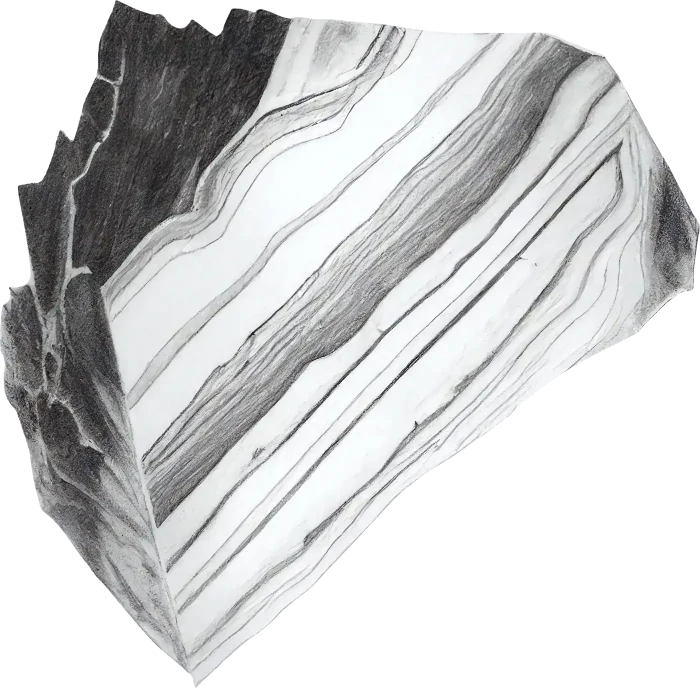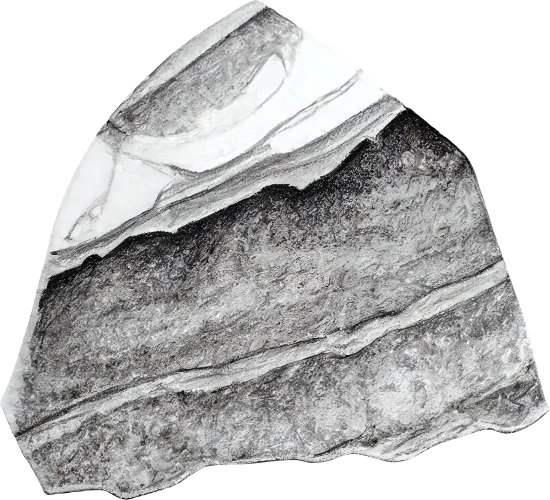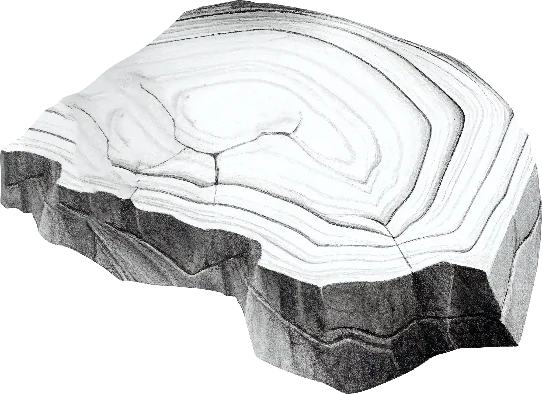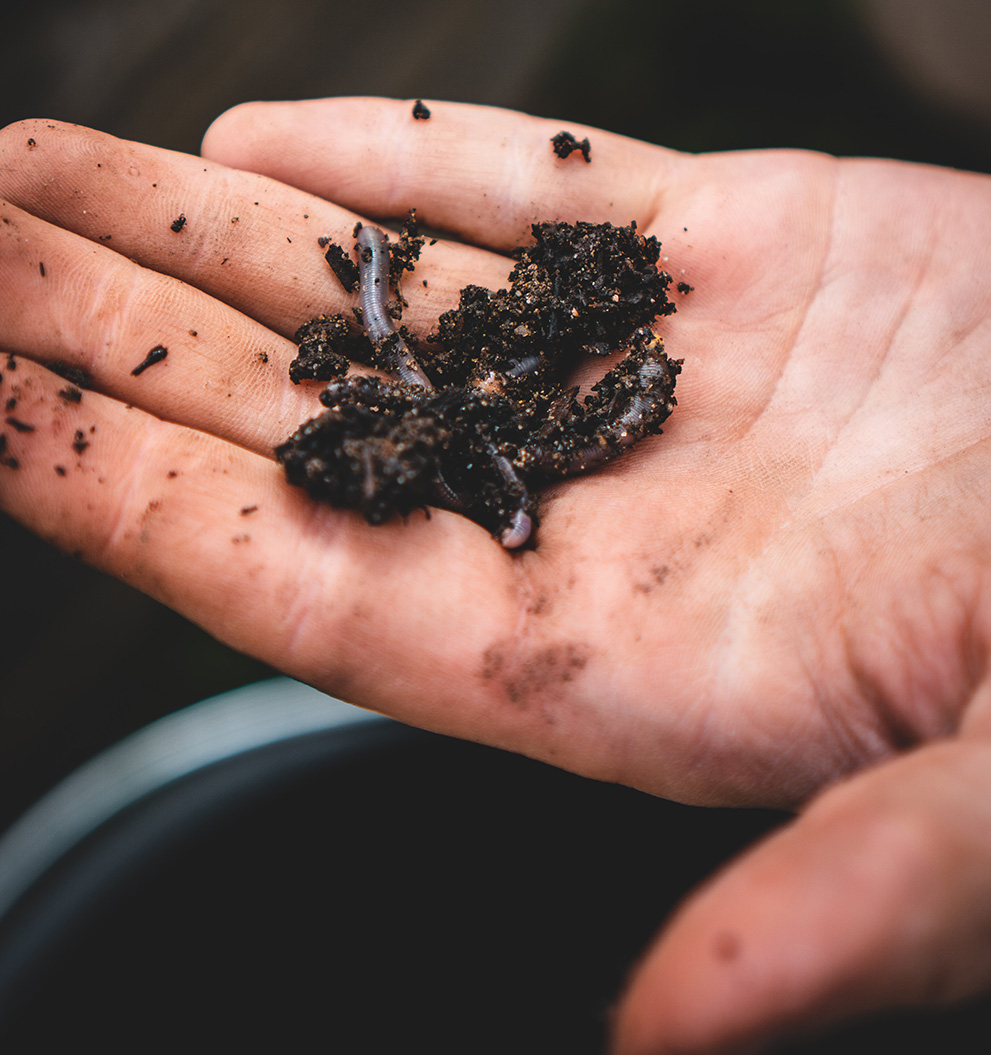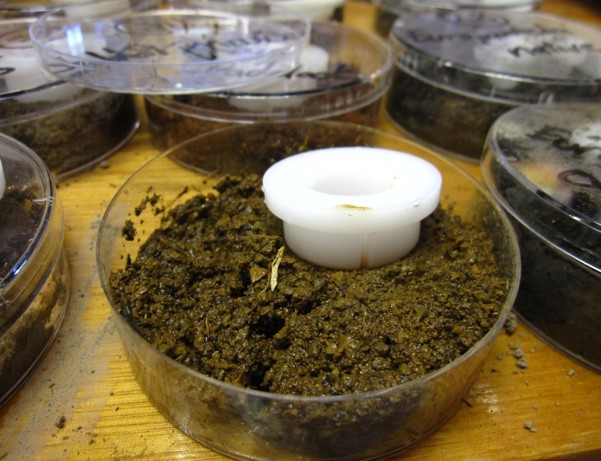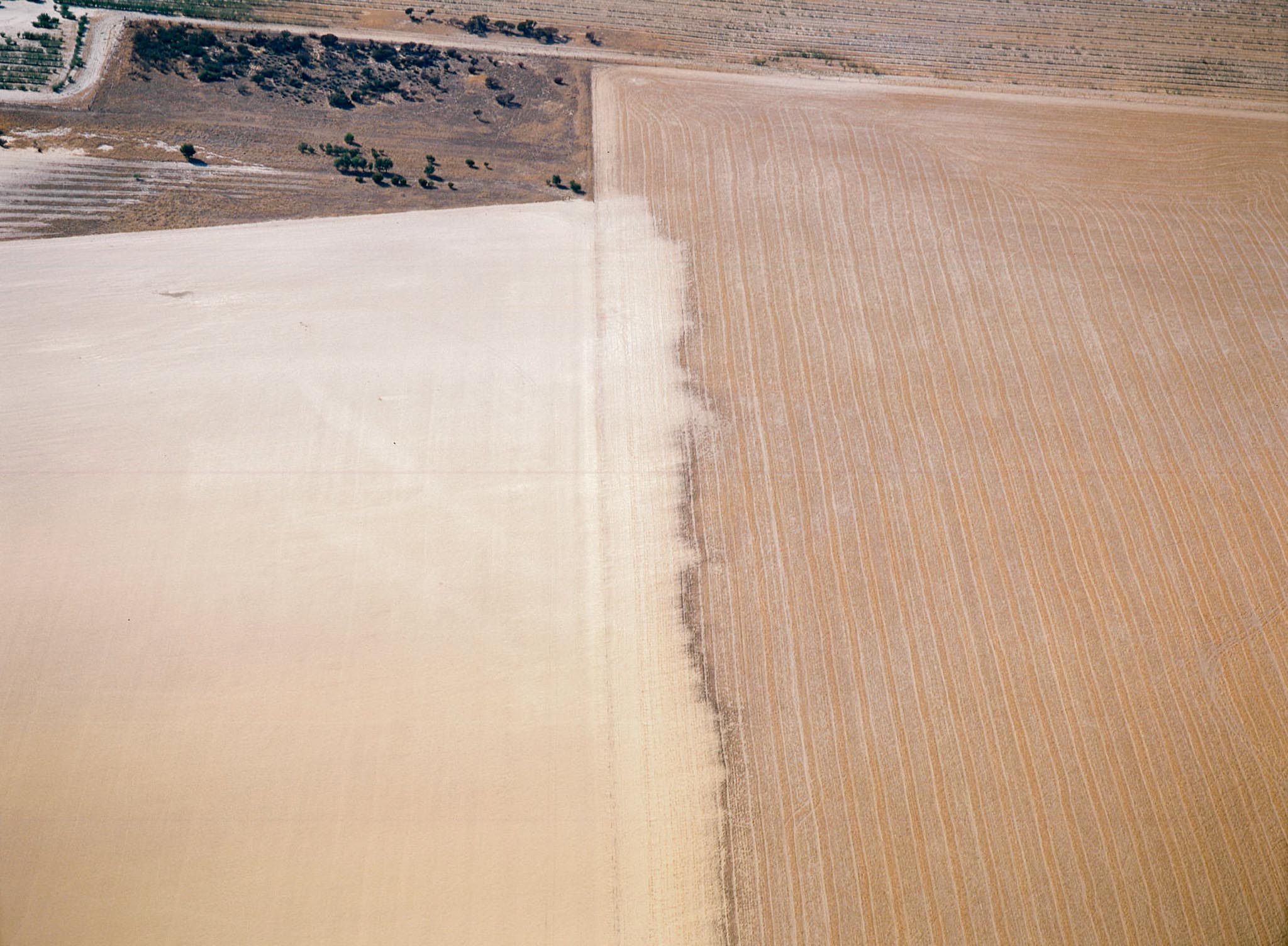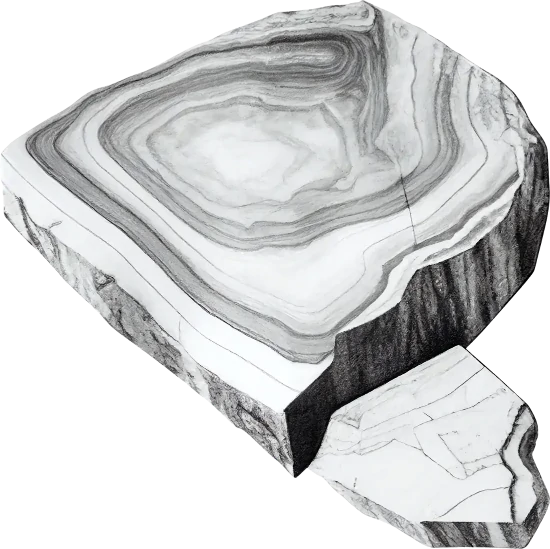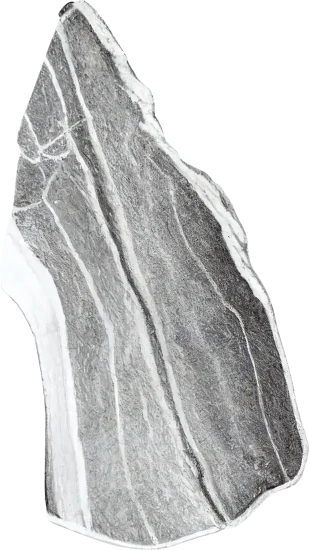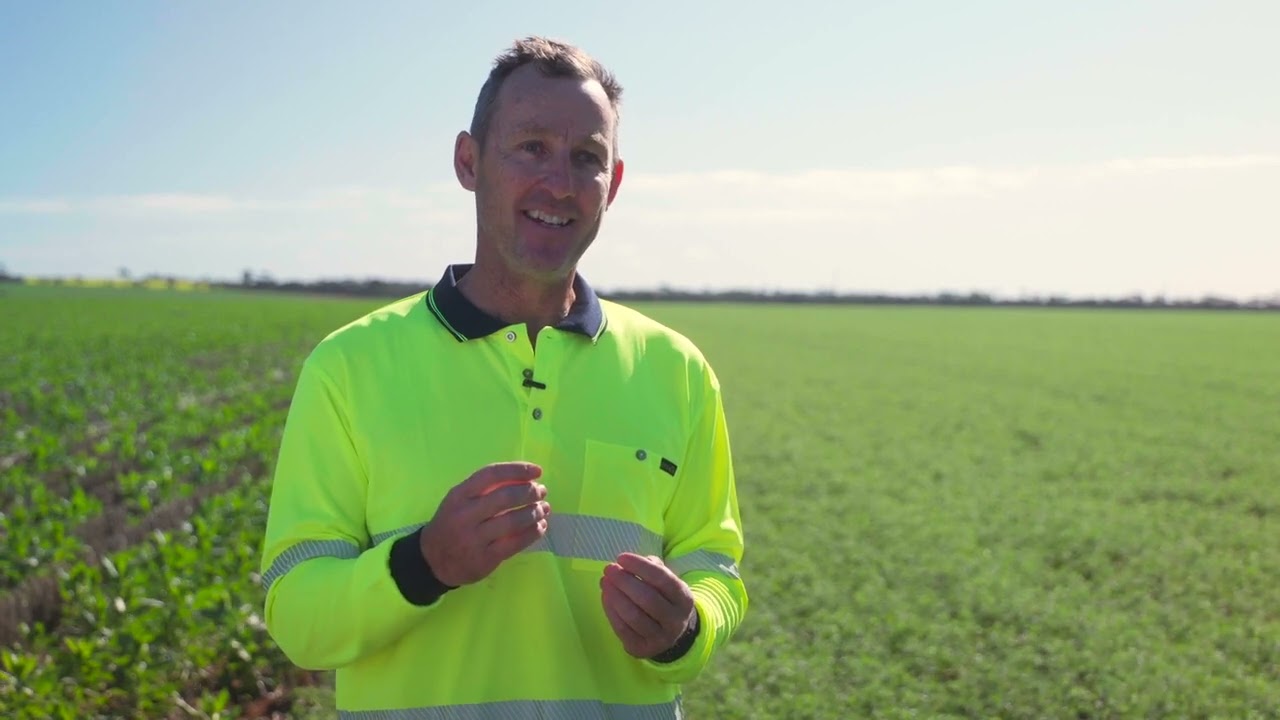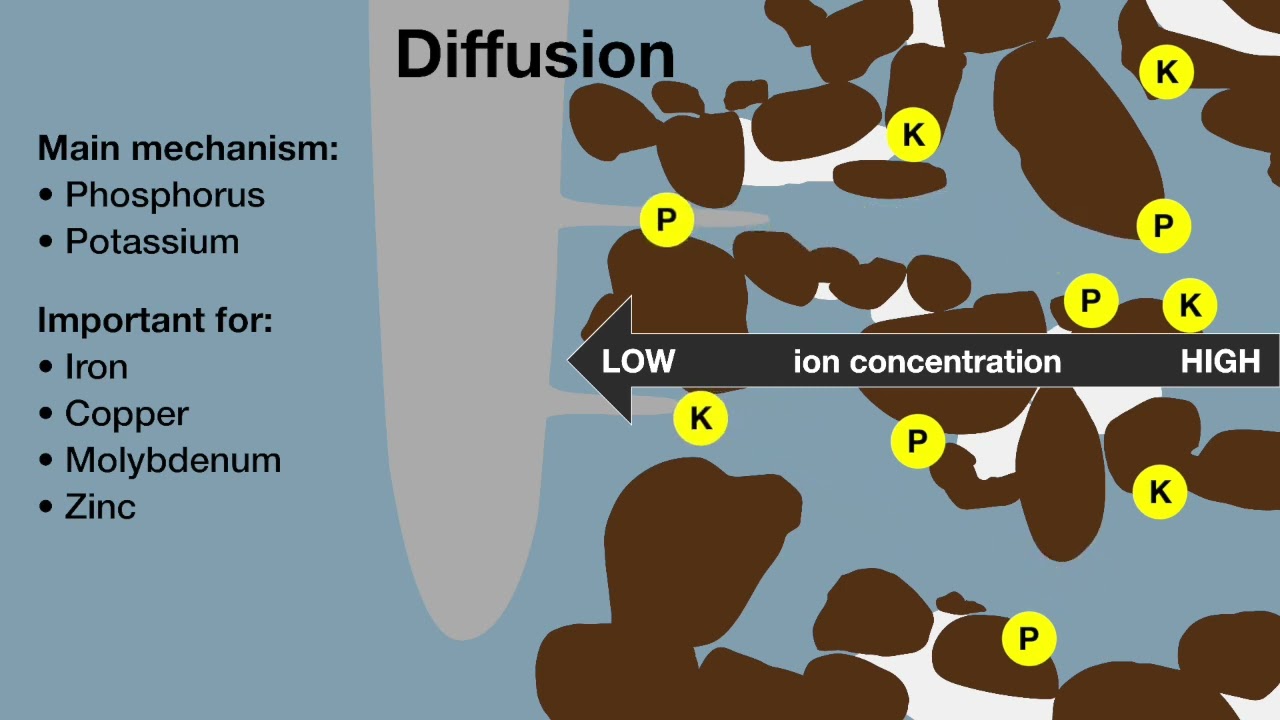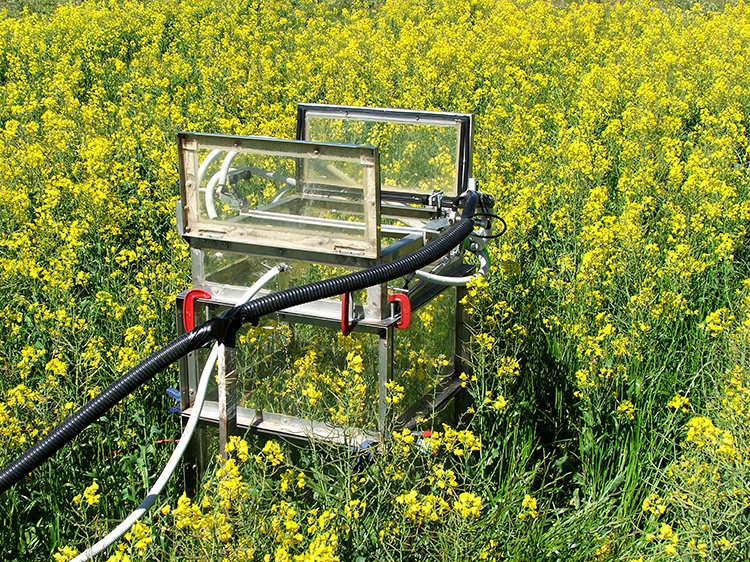Date
2022/08/24
Duration
02:26
Soil Quality ebook
Soil Quality: 8 Sodic and Alkaline Soil
Organisations
SoilsWest
Department of Primary Industries and Regional Development
Grains Research and Development Corporation
Authors
Ed Barrett-Lennard
David Hall
Wayne Parker
Rushna Munir
Modified Emerson dispersion test
You can easily test for dispersion and slaking soil with simple equipment.
- Collect samples from the soil profile either directly from a pit face or by spade, auger or push tube. Sample a range of sites, taking samples representative of surface and subsurface soil.
- For each of your samples, break open larger aggregates to expose aggregates 3-5 mm in diameter.
- If the soil is wet, leave the samples open to the air to dry.
- Fill transparent containers or jars (one for each sample) with enough rainwater or deionised water so that the aggregates can be fully immersed. Carefully add a few small (3-5 mm in diameter) soil aggregates. Do not stir, move or agitate the jars once the aggregates are immersed.
- Slaking is apparent when the immersed aggregates break down into smaller units. During this process the water surrounding the aggregates shows no milkiness. Air bubbles will be evident during this process. Often this process takes less than 1 minute.
- Dispersion, or the ‘milkiness’ surrounding aggregates, occurs as the clay separates from the aggregate. Dispersion is scored at 2 hours and 20 hours after immersion. Aggregates of highly dispersive soil will have broken down or disintegrated into individual soil particles within 20 minutes and the water will appear cloudy. In dispersive soil, aggregates can take several hours to break down. If the aggregates are still intact after 20 hours, your soil has good stability.
Calculating a dispersion index
For aggregates that have dispersed
Dispersion index = 2 hour score + 20 hour score + 8
The dispersion index will range from 9 to 16.
For aggregates that did not disperse after 20 hours
Disregard the original test. Take some of your dried soil sample, wet and knead it for 1 minute and then remould the soil to form 5 mm x 5 mm cubes. There is no need to dry the cubes. Place the cubes in jars of rainwater and score at 2 and 20 hours as for the first test.
Dispersion index = 2 hour score + 20 hour score
The dispersion index for the remoulded soil will range from 0-8.
Remoulding soil that doesn’t spontaneously disperse may not be required in all situations. Remoulding simulates the effects of traffic and tillage. In farming systems that practice minimum tillage and controlled traffic, the remoulding procedure is of lesser importance. Where strategic deep tillage is practiced the remoulding test is required. In general, the higher the dispersion index, the more likely it is that the soil will respond to gypsum application, leading to increased grain yield.
Scoring dispersion
Scoring should be scored at 2 hours and 20 hours after aggregates are immersed in deionised water or rainwater.
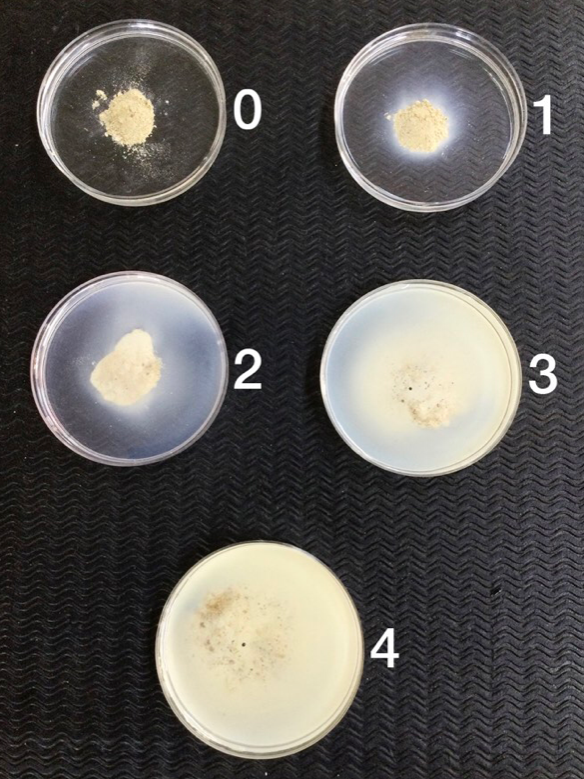

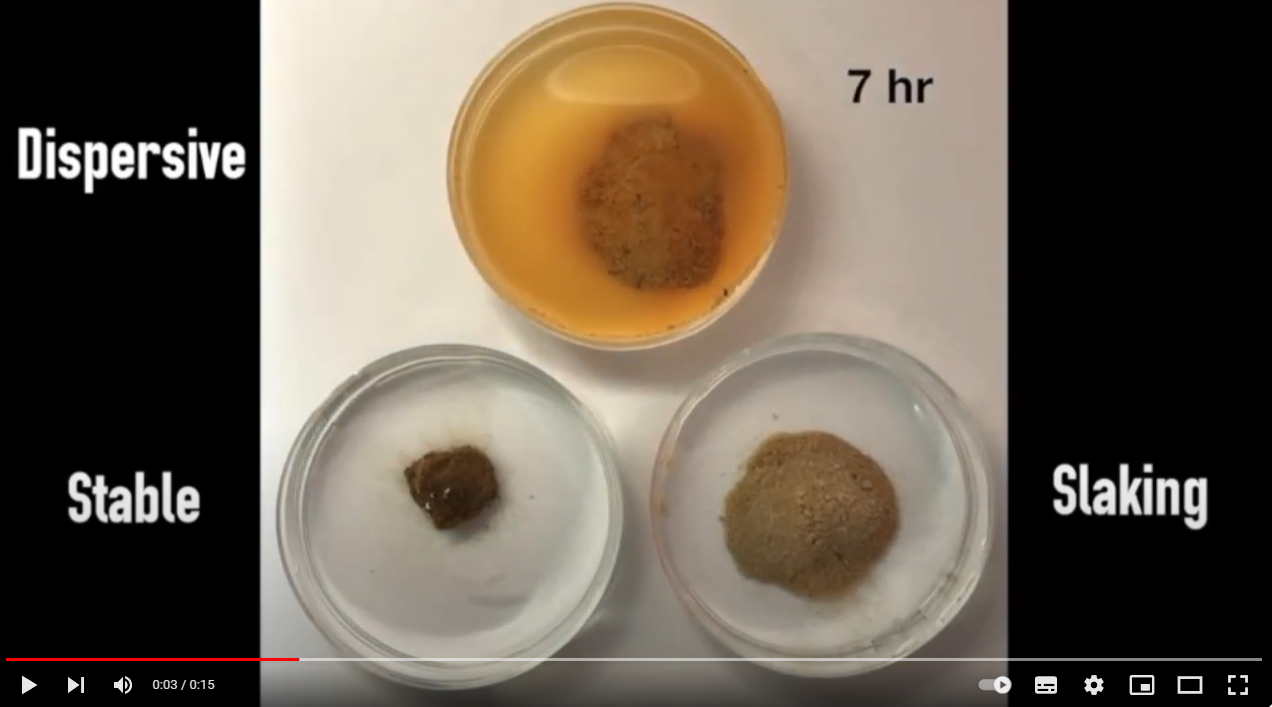
Soil stability demonstration - degrees of aggregate breakdown
This short demonstration shows differing degrees of breakdown of soil aggregates when immersed in deionised water for 24 hours. Aggregate breakdown in the paddock occurs in a similar way. The small particles of dispersed soil move with water and block soil pores. Slaking soil is less problematic, however soil structure is adversely affected. From Soil Quality: 8 Sodic and Alkaline Soil (Barrett-Lennard et al. 2022). Video: Yoshi Sawada, UWA; video production: Science with Style.
References
ebook Soil Quality: 8 Sodic & Alkaline Soil
Barrett-Lennard E, Hall D, Parker W and Munir R (2022).
Field DJ, McKenzie DC, Koppi AJ (1997). Development of an improved Vertisol stability test for SOILpak. Soil Research. 35(4): 843-852.
Loveday J and Pyle J (1973). The Emerson dispersion test and its relation to hydraulic conductivity. Division of Soils Technical Paper No. 15. CSIRO Australia, pp. 7.
Rengasamy P (2002). Clay dispersion. In: N McKenzie, K Couglan, H Creswell (Eds) Soil Physical Measurement and Interpretation for Land Evaluation. Australian Soil and Land Survey Handbook Series, Vol. 5. CSIRO Publishing, Collingwood, Victoria. pp. 200-210.

